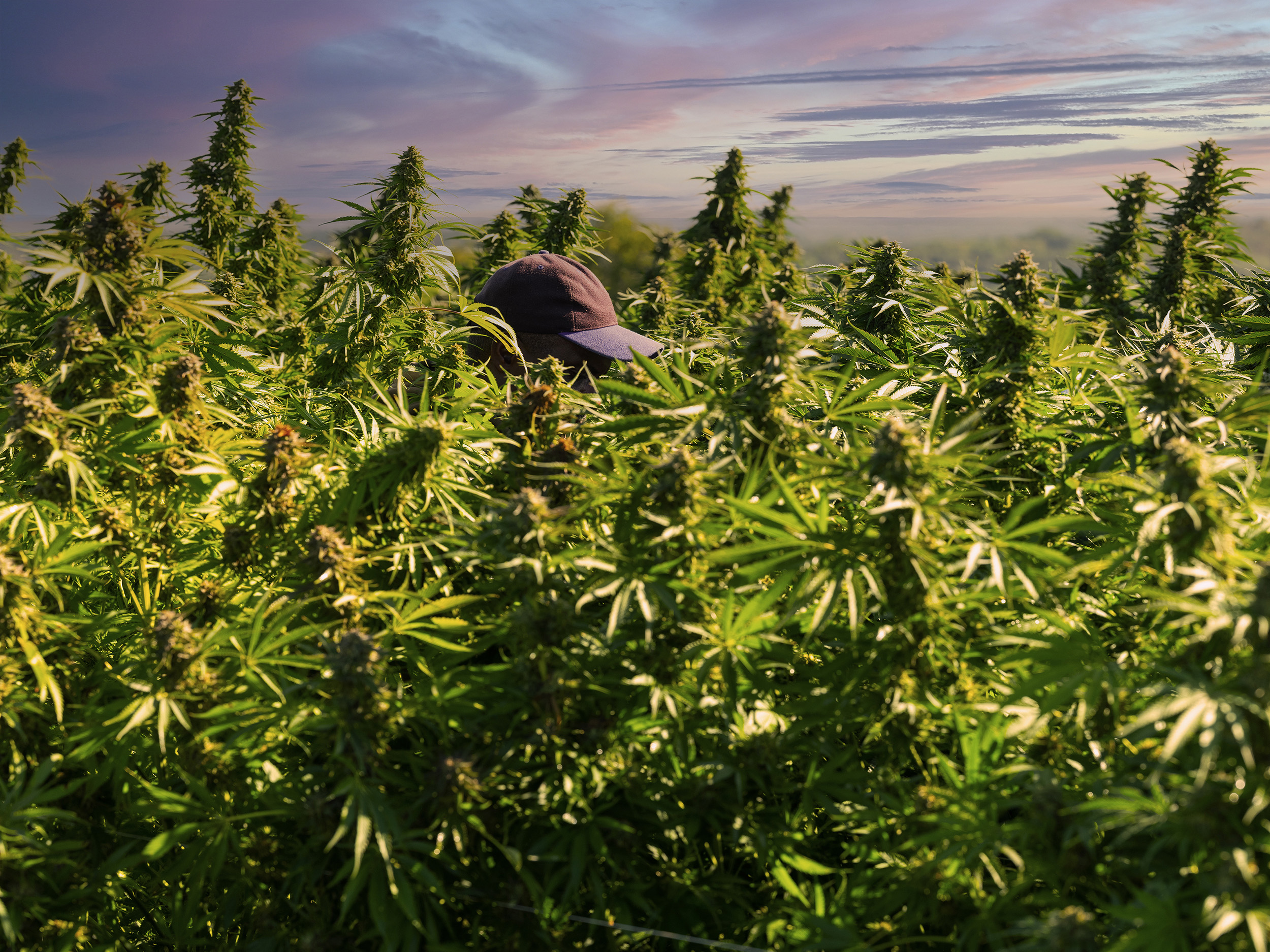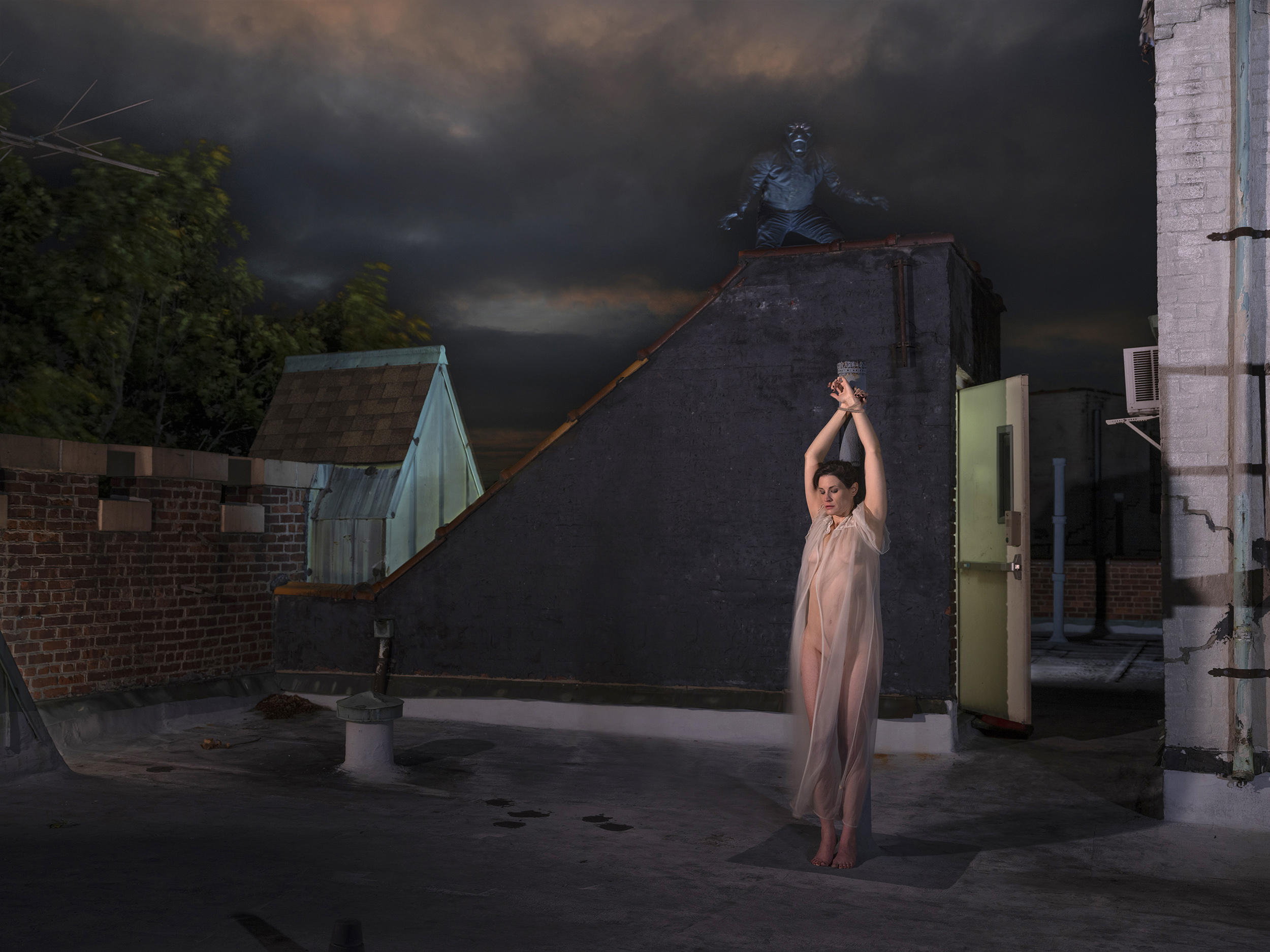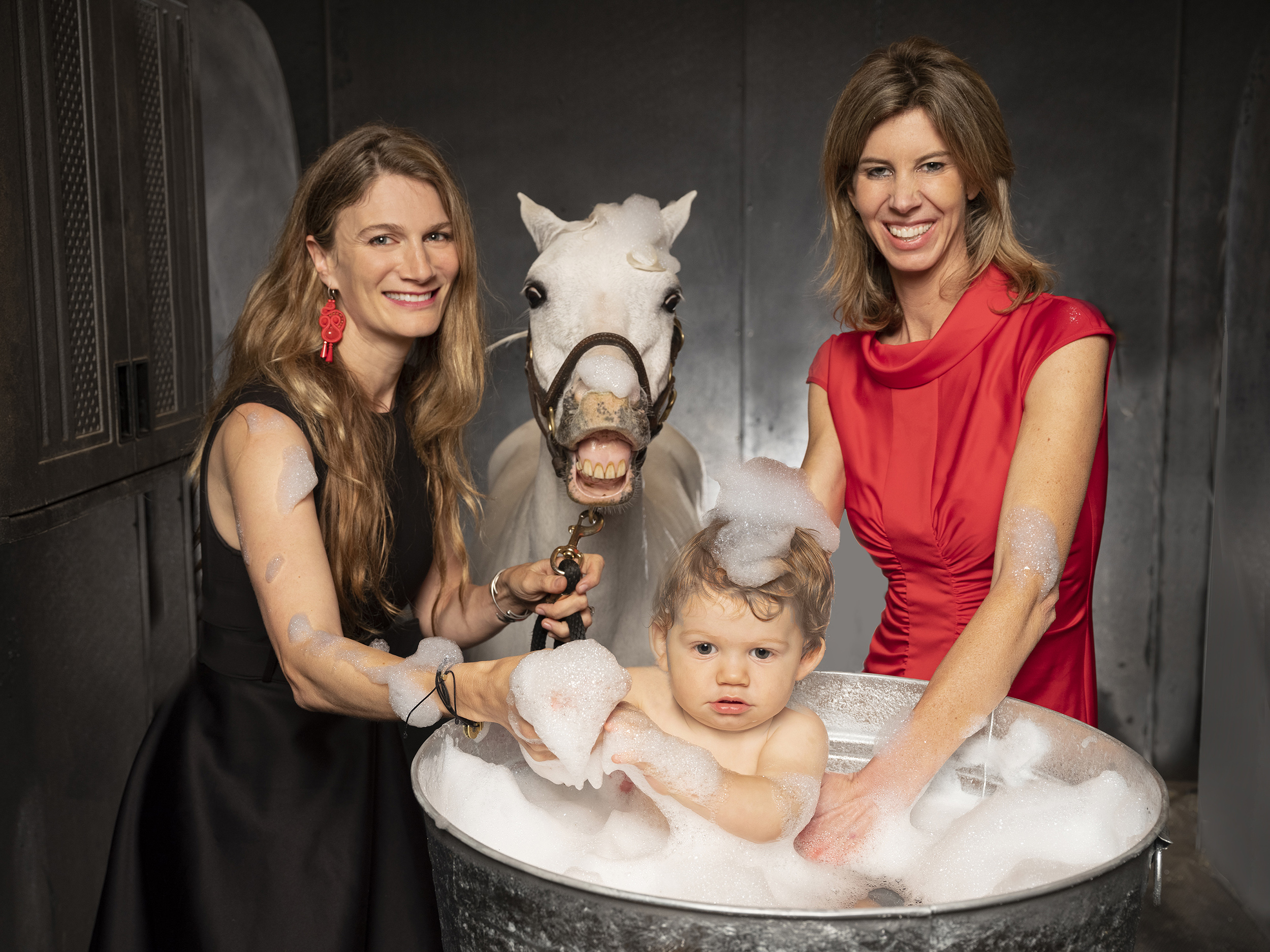FRAMES Artist-in-Residence October 2022: Peter Freed
PART 1 – PART 2 – PART 3 – PART 4
PART 1 – OCTOBER 13, 2022
W. Scott Olsen in conversation with Peter Freed, introducing our next Artist-in-Residence, talking about his approach to portraiture and his plans for his FRAMES AiR series.
Leave your questions to Peter in the comment section below and he will do his best to answer them all.
PART 2 – OCTOBER 25, 2022
Sometimes no amount of pre-planning can prepare you for a photo assignment. Especially when you’re throw into a situation or an environment you’ve never experienced before. The best you can do is to draw from your past shoots and adapt to the opportunities that present themselves.
This was the case when I was asked to capture workers and staff at a cannabis farm nearby in upstate New York. While the farm itself wasn’t foreign to me, (I had produced a video for them when they were raising the hemp plant and producing CBD) since legalization… things had radically changed. The farm’s 4-year experience growing the male hemp plant had put them far ahead of lesser experienced farmers and combined with a warm summer and their extensive irrigation system, the trained, dedicated workers had produced a robust 8 acres of tall thick plants.
Over a mile from the farm the sweet skunk smell engulfed the small town nearby. It was a smell the town had grown to live with because they knew with it came great opportunity. Having grown up in the 60’s I was no stranger to the plant, and it was not lost on me that the long years of prohibition were over. My heartbeat grew in proportional intensity to the smell as I now pulled into the parking lot. I had hopes of using my battery powered strobe to setup portraits among the plants right up until I stood next to the first field. As far as the eye could see was a jungle of 8-foot dense plants and the only way in was to dive in… slow and carefully.
Leave your questions to Peter in the comment section below and he will do his best to answer them all.
PART 3 – NOVEMBER 2, 2022
For my second AiR photoshoot we go up on the roof.
Working in video has given me a renewed appreciation for working with constant light sources again. Before the refinement of strobes many photographers used tungsten lights for their portraiture work. George Hurrell, Philip Holtzman, Arnold Newman, Yousuf Karsh even Helmet Newton used tungsten lighting to amazing results. Nowadays you have a plethora of LED light options and no longer have to struggle with the heat and electrical issues of the hot lights.
I will go over the lighting equipment I used in my shot as well as the compositional choices I made.
Finally, I’ll show how I refined the shot using various tools in Photoshop.
Leave your questions to Peter in the comment section below and he will do his best to answer them all.
PART 4 – NOVEMBER 11, 2022
In this part of his FRAMES Artist-in-Residence series, Peter is visiting a stable up in New York. He shares with us the way he documents what is happening at this particular location: his compositional and technical considerations when it comes to creating individual images.
Leave your questions to Peter in the comment section below and he will do his best to answer them all.
PART 5 – NOVEMBER 14, 2022
I appreciated the opportunity to share some of the photography techniques I’ve picked up along the way in FRAMES Artist-in-Residence series.
Seventeen years ago, the classes I taught at Maine Photo Workshops and Santa Fe were much more geared towards extensive lighting. Even though digital photography had begun a number of years before many photographers were still shooting film. In the early days my lighting kit consisted of 4 Dynalite packs and about 9 heads. We were shooting Kodachrome, Ektachrome and later Fujichrome slide film, often in 6X6 or 6X7 format.
It’s hard to believe but it was 19 years ago that the editor of the Day in the Life books, Rick Smolan sent us what was to be my first digital camera to participate in the Day in the Life of America book.
As a result of the greater latitude of digital capture as well as the forgiving nature of its color sensitivity the photographer can now balance existing ambient light with their lighting in a more natural, subtle way. Instead of “creating” the palate of light in our photography, we as photographers, can be more a part of the existing light.
The light hasn’t changed over the years… we have.
Below you will find a selection of images Peter Freed created during his FRAMES Artist-in-Residence assignment.







Dave kyle
October 25, 2022 at 18:19
Interesting. I was waiting for you to engage with your subjects and I expect you did off camera. The final moment and mono photograph was worth waiting for.
Jerry F Coupe
November 12, 2022 at 02:16
I appreciate that we saw images that were overexposed and underexposed before getting the shot just right. Too often it seems like videos show us the perfect shot and it is hard as non-professionals to go through the whole trial and error steps to get it just right. A very good video overall.
Richard
November 13, 2022 at 10:37
Thank you Peter, for sharing your thoughts with us. I remember Tim Flach mentioning that horses don’t mind the flash, so much as they mind the sound of the recycle / trigger beep, as you mentioned about the umbrella too. I guess sound spooks them more? A feat to get the baby, suds, horse and mums in the shot… Many photographers forget or don’t realise, as beginners that’s is the human element that wins in the end, as you noted in your podcast episode… I couldn’t agree more. All the best.
Alan Ebner
November 16, 2022 at 19:54
Being an amature I really appreciated watching a professional photographer at work. I am inspired to try and be more meticulous when photographing in the future. Thanks for doing the series.
Andrew
December 3, 2022 at 12:54
Am I correct to think the author was driving in the middle lane of a three lane carriageway, one handed while holding a camera, when should have been concentrating on the road?? So many life changing accidents happen like this, please don’t normalise this behaviour!